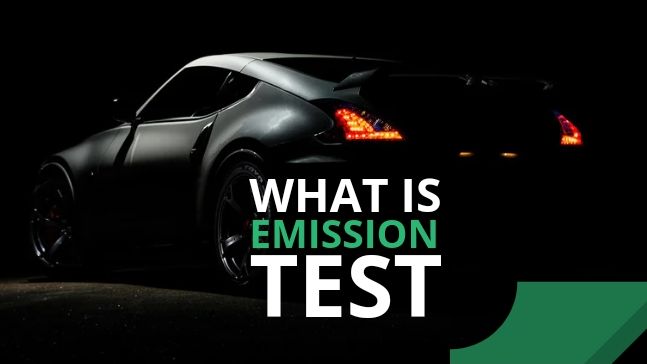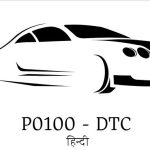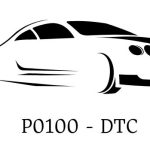Nowadays all vehicle faults are determined by Scanning tool. Faults are stored in an electronic module as DTCs. Also we can check vehicle’s live database with the help of a scanner in a running mode.
In that regard, We have to check a vehicle for emission conditions. Scanner can monitor Catalytic Converter, fuel system, Sensors as well as engine & transmission parameters for understanding functionality of any vehicle.
In this article, We have discussed what is Emission Test, Also you would know what are aspects for passing the such Tests?
Emission Test –
Standard Emission Tests have the process of Exhaust Gas Analysis. There is an Exhaust Gas Analyzer machine with knobbed wire which needs to sense / determine the exhaust gases from a vehicle’s tailpipe. A machine measures the quantity & quality of exhaust gases.
According to the emission norms, Pollutant gases should not be excessively expelled through the tailpipe. There are standard limitations for such gases which are getting varied by type of a vehicle.
Pollutant gases viz. Oxides of carbon & Nitrogen, Hydrocarbons, are mostly measured by this emission test. If pollutant gases are measured above standard limit then vehicle can’t pass an Emission Test. Diesel cars are tested for particulated matter or soot emissions too.
Emission Test Failure –
Every country has different pollutant limits respective with their environmental conditions. If you fail an emission test, You won’t be able to register your car or vehicle. You have to pass an Emission Inspection.
Until you pass this test, you are considered as driving illegally that failed vehicle. You should take your vehicle to the authorized service center and diagnose the problem properly. After remedying, you can repass the test.
Following are some precautionary guidelines by which you would be able to regularly pass an Emission Test.
1. Do Preventive Maintenance against Test Failure Causes.
2. Check Fuel System, Air Intake, Exhaust System at regular servicing. Be sure about exhaust gases are clean enough or not. (Or gases are blue, black or white in colour)
3. Use Proper or recommended Engine Lubricants/Oils & Coolant (As Specified by manufacturing Brand). Check Oil & Coolant levels regularly.
4. Follow a manufacturer’s service schedule. Aware about Check Engine Light.
5. Improve your driveability.
6. Tires should be filled up with recommended pressure levels of air / Nitrogen.
If you really liked this article, What is Emission Test, Leave your opinion in a comment box…










